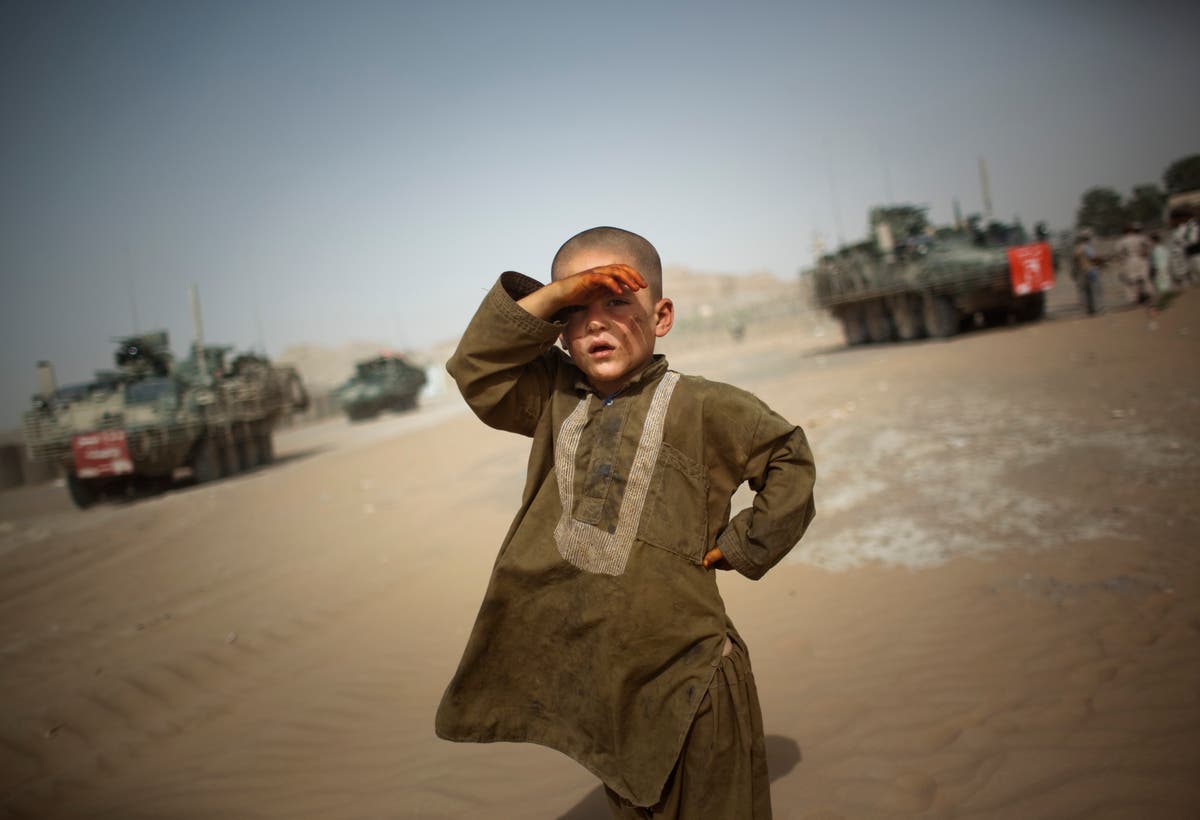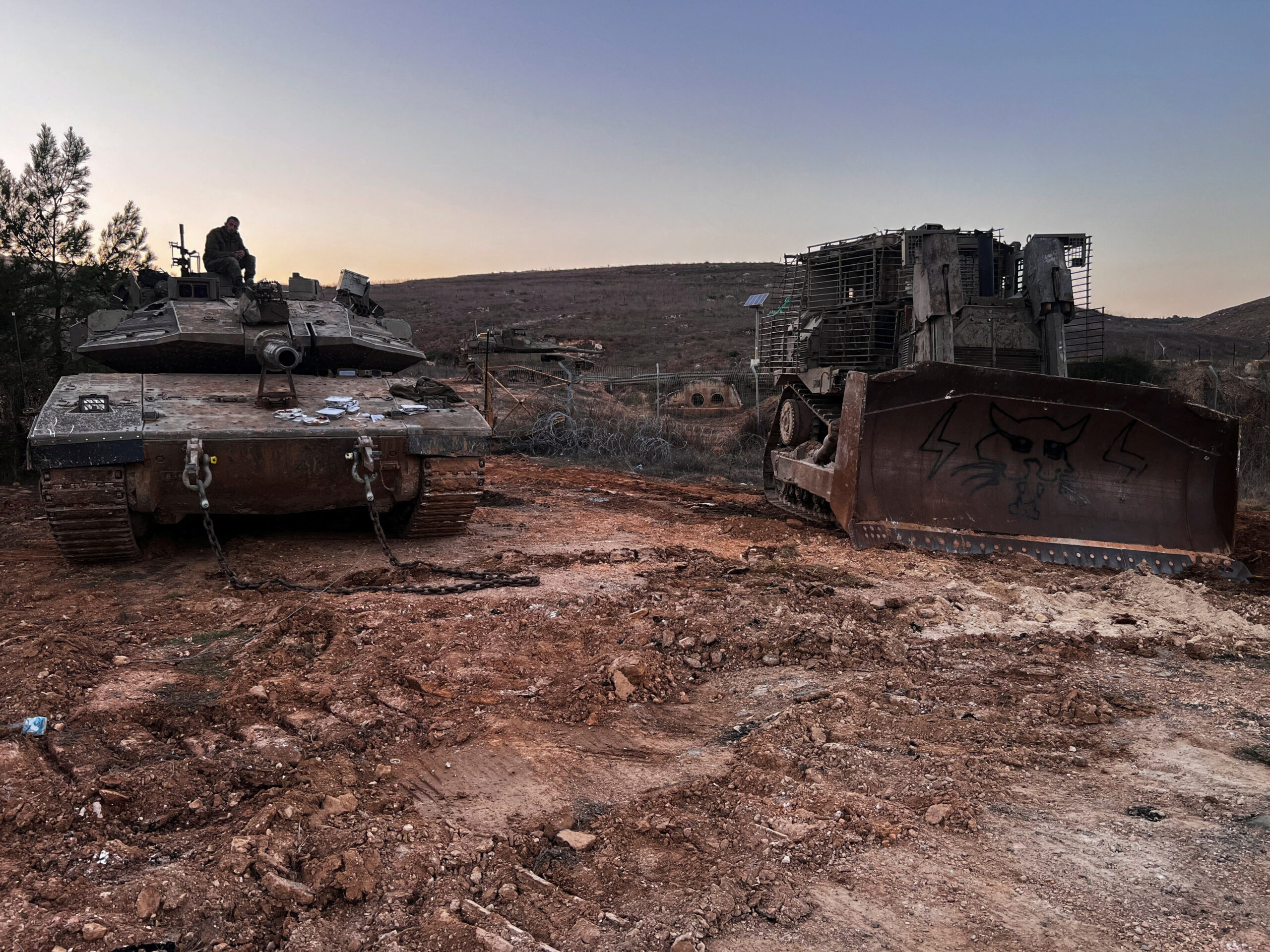
It was Nov. 13 , 2001. The sun had just begun to rise over the Hindu Kush Mountains when the Taliban disappeared from Kabul the battered capital of Afghanistan.
The bodies of foreign Arabs who had stayed behind were mutilated and bloodied. They had been found and killed by advancing Afghans of another faction who were brought to the city by a blistering U.S.-led campaign that drove the Taliban from power.
America was still reeling from the horrific terrorist attacks of two months earlier, when planes flown by al-Qaida terrorists crashed into three iconic buildings and a Pennsylvania field, killing nearly 3,000 people. The perpetrators and their leader, Osama bin Laden, were somewhere in Afghanistan, sheltered by the Taliban. The mission: Find him. Bring him to justice.
Right then, Afghanistan — two decades of disorder behind it, two decades more just ahead — was suspended in an in-between moment. Nothing was certain, but much seemed possible. Against that backdrop, Afghans understood the mission against bin Laden to mean a chance to secure their future — a future as murky on that day as it is today.
In those post-2001 months and years, they believed in the power of “the foreigners.” From hundreds of years ago right up to the jumbled chaos of recent weeks as the United States pulled out of its air base and then the capital, the word “foreigner” has meant many things in the Afghan context, from invaders to would-be colonizers. But in November 2001, it meant hope.
“I found the people relieved fresh and full on energy to start anew,” says Torek Farhadi, who joined scores of educated and trained Afghan expatriates who returned to their homeland in 2002 after the Taliban were gone. He spoke from Geneva as he watched the Taliban’s return to power last month.
The arrival of the U.S.-led coalition weeks after the Sept. 11 attacks ended a repressive, religiously radical regime that had more in common with the sixth century than the 21st.
Mullah Mohammad Omar, the reclusive one-eyed leader of the Taliban, had brought the village to the city. The strict edicts he taught at his one-room mud madrassa, or religious school, became law. Girls were denied education. Women were confined to their homes or, when in public, inside the all-encompassing burqa. Men were told to wear beards. Television was banned, as was all music but religious chants.
When the Taliban fled and the new, post 9/11 leader, Hamid Karzai, entered the sprawling presidential palace, he discovered the Taliban had left their mark. Wall-to-wall hand-painted miniature murals had been defaced; Taliban who believed images of living things were a crime against Islam went to every tiny bird and blotted out its face with a black marker.
The running of the country was handed to Washington’s Afghan allies, many of whom had destroyed Kabul with their bitter feuding when they last ruled. Under their corruption, the country devolved into a collection of fiefdoms that enriched local warlords and led to the Taliban’s rise.
The Afghan military that would collapse in the wake of Taliban advances in 2021 began existence with its recruits often more loyal to a warlord than the army itself. Training was barely eight weeks for new, generally uneducated men. Building the Afghan army was often likened to repairing an aircraft midflight.
So across Afghanistan, quickly and understandably, it started: The defeated Taliban began to re-emerge. And it kept getting worse.
By 2012, just two years before the U.S. and NATO handed over the operational end of the war to Afghanistan’s government, the Afghan army was barely competent and filled with fighters angry at what they considered poor treatment by their foreign trainers.
The return last month of the Taliban has created widespread fear among young people in Afghanistan’s cities — places where urban girls wearing headscarves have felt free to mingle in coffee shops and on the street. Young men wearing Western dress who dream of even greater freedoms have been part of the airport chaos that greeted the start of evacuation flights.
A country of 36 million, Afghanistan is filled with conservative people, many of whom live in the countryside. But even they do not adhere to the strict interpretation of Islam that the Taliban imposed when last they ruled.
The Taliban leaders, many of whom are linked to the previous regime, including the movement’s co-founder Mullah Abdul Ghani Baradar, promise a different Taliban this time. Once camera shy and reclusive, many have made regular appearances on the diplomatic stage. And while the Taliban’s original rule was marked by relentless repression that denied women a public space, they now say women can work, attend school and participate in public life.
Yet even as the world watched in shock at the quick demise of the Afghan army and government over the past weeks, the signs of Afghanistan’s post-9/11 decay had long been evident.
Twenty years and billions of dollars in investment after 9/11, Afghanistan was considered one of the worst places in the world to be a woman in 2020 and in 2019, according to the Georgetown Institute for Women Peace and Security. In 2018, in a Gallup poll offered a scale of one to 10 to determine how respondents judged their chances for a better future five years down the road, Afghans averaged 2.3. Gallup called it a “new low for any country in any year.”
In the first years after 9/11, U.S. money arrived in Kabul in suitcases. There were no working banks at the time — and no oversight of the billions pouring into the country. Most of it passed through the hands of U.S.-allied warlords whose corruption had led to the Taliban’s rise in the 1990s.
American generals were often used by their Afghan allies to exact revenge. Mohabullah, an Afghan who had left the Taliban to return home to the central province of Ghazni, once laughed as he recounted how easily fooled the Americans were by their Afghan partners. He recalled how a gas station owner was turned in to U.S. forces as a Taliban — to settle a feud.
American forces often unwittingly found themselves enmeshed in such local rivalries during those early months and years when they were utterly dependent on their warlord allies. In 2002, one U.S. general had to rely entirely on former warlords for information about prominent al-Qaida figures who were on the move.
For those who have watched Afghanistan for years, the scenes of throngs of mostly young men hanging from departing aircraft at Kabul’s airport in recent days seemed an indictment of the two decades of efforts and the billions of dollars spent.
For many of those men, the desperation to depart was less about fear for their life — and more about finding a new one. And, say some Afghans, no wonder.
___
Kathy Gannon, AP’s news director for Pakistan and Afghanistan, has been covering the country for three decades, including the runup to and immediate aftermath of 9/11. Follow her on Twitter at http://twitter.com/KathyGannon








